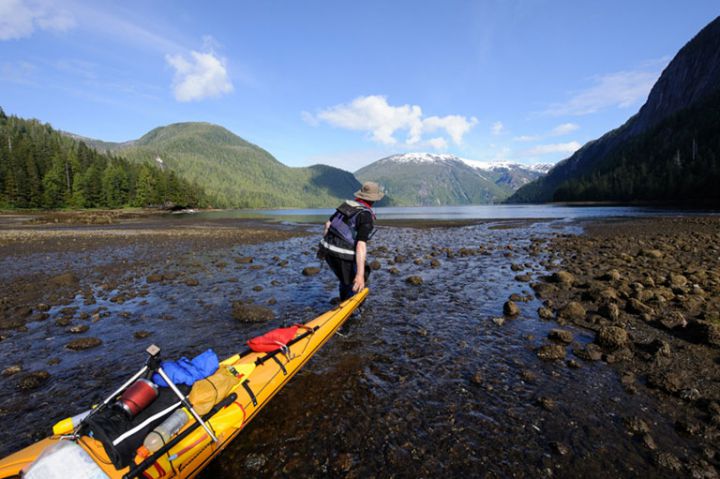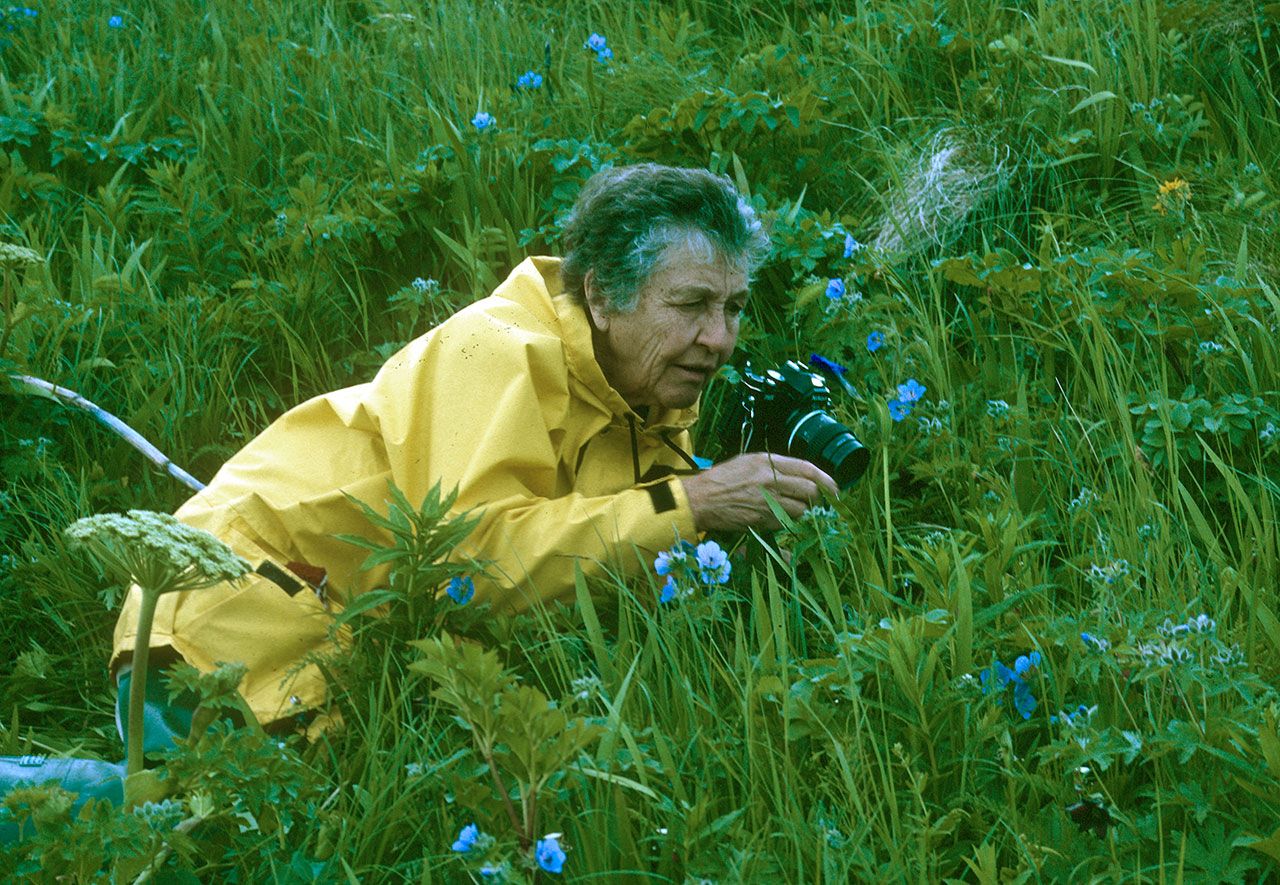Outdoor Recreation
Recreational Benefits of Wilderness
The firsthand experience of wilderness—on foot, on horseback, or on water—is a fundamental value of these specially preserved landscapes. Indeed, the possibility for outdoor adventure is written into the Wilderness Act of 1964 as one of the defining characteristics of wilderness: a place that "has outstanding opportunities for solitude or a primitive and unconfined type of recreation."

Throughout history, writers and wilderness proponents have touted the many aspects of a wilderness experience: learning, adventure, self-empowerment, freedom, solitude, and spiritual awakening. "Every time I go [to wilderness], it's like walking into heaven," said famed Everest climber, John Roskelly. Grizzly-bear expert, writer, and wilderness devotee Doug Peacock has sung the virtues of roadless wilds (especially those charged with the presence of big carnivores), entering which the traveler rediscovers "the original landscape we called home for all but a heartbeat of history." More and more today, wilderness provides an escape, a refuge, from our technological everyday life. "The wilderness is a place of rest...in the isolation from distractions, in the slowing of the daily centrifugal forces that keep us off balance," said David Douglas, botanist and namesake of the Douglas-Fir tree.
Camping, backpacking, hiking, fishing, hunting, mountaineering, backcountry-skiing, wildlife-watching, and other outdoor pursuits, of course, can also take place in the "front-country." But for many recreationists, the special qualities of wilderness areas--the solitude, quiet, wild ambience, and the opportunity to step back in time and engage in age-old human adventures—makes them the preeminent venues for these activities. Depending on the sort of hunting, angling, or camping a visitor wishes to pursue, as John Hendee and Chad Dawson note in Wilderness Management, these forms of outdoor recreation can even be considered "wilderness-dependent."
Preserving opportunities for certain kinds of outdoor recreation in certain kinds of wild settings became part of the push for formal wilderness designation in the first half of the 20th century. Aldo Leopold, for example, who famously advocated for wilderness on ecological grounds, also worried about the loss of big, roadless country suitable for pack trips, warning in 1925 of a future "when a pack train must wind its way up a graveled highway and turn its bell-mare in the pasture of a summer hotel."
America

While recent years have seen much concern over a supposed decline in outdoor activities, recent statistics suggest a very different trend. Indeed, nature-based recreation in the U.S. has risen every decade since 1960. In 2011, more than 90 million Americans 16 years and older engaged in outdoor pursuits related to wildlife (hunting, fishing, and wildlife-watching). 71.8 million of those recreationists were wildlife-watchers, which mirrors recent gains in the popularity of nature observation and photography among outdoorspeople. Between 2000 and 2007, these ranked among the leading categories of nature-based outdoor recreation.
Many of these activities take place in federal wilderness. From 2010 to 2012, more than 7 million annual visitors explored wilderness areas managed by the Forest Service. During the pandemic of 2020, many locations have seen exponential increases in visitation accompanied by significant resource damage.
Wilderness Recreation

It's true that mechanical transport or motorized equipment such as motorboats, cars, trucks, off-road vehicles, mountain-bikes, and snowmobiles (exceptions include wheelchairs) are prohibited in wilderness areas (except in certain cases, as for wheelchairs and for particular subsistence activities in Alaska). That said, wilderness visitors have a wealth of allowable recreational options to enjoy—from stargazing and photography to whitewater kayaking and peak-bagging—and America's trail and river systems provide ample access points to wilderness. You can even bring your well-behaved dog to many wilderness areas.
Many Americans—for example, some 60% of participants in the most recent National Survey on Recreation and the Environment—are unaware that hunting is generally allowed in wilderness areas. Many hunters who traverse deep wilderness find the physical challenge of tracking elk, deer, and other quarry on foot or by horseback a pinnacle experience. Similarly, anglers relish the opportunity to cast in remote mountain lakes or backcountry rivers. As for other wilderness visitors, such sportspeople often put a premium on the silence and seclusion that accompany their pastimes. Furthermore, spatial studies show that wilderness protects critical habitat for game and fish species and provides many of the nation's best-quality hunting and fishing grounds as well as some of the longest seasons.
In short, wilderness areas provide excellent and extremely-varied recreational opportunities for all sorts of Americans. Outdoor activities in wilderness, however, can be a double-edged sword. The Wilderness Act recognized that we live in an age of "increasing population...and growing mechanization." While recreating in wilderness continues to serve as a palliative in the face of that world, overuse and technology pose significant threats to wilderness character—everything from crowding to open piles of feces. 'Wreakreation,' as some have suggested may soon result in access limits to all types of public lands, including wilderness areas.